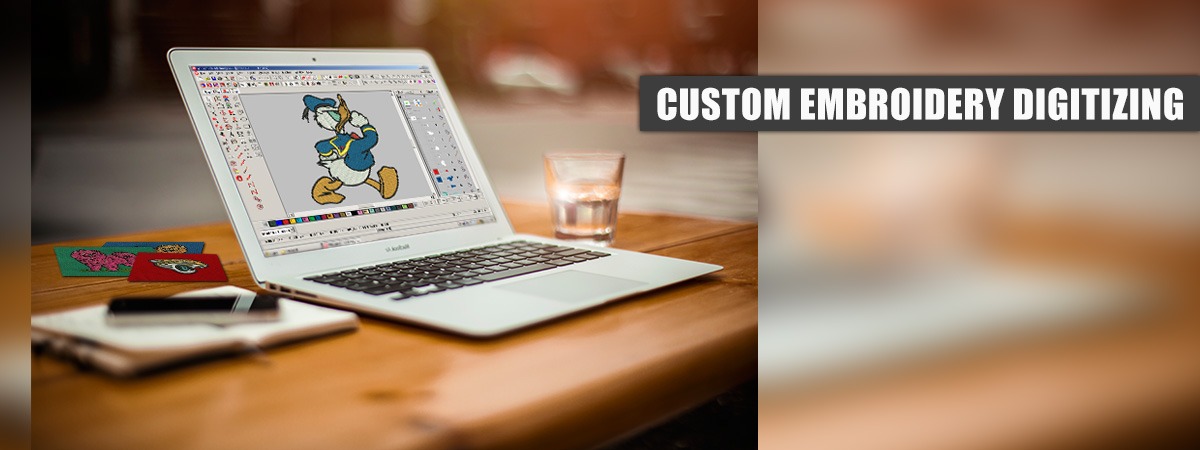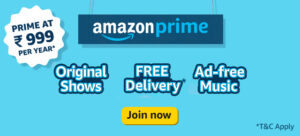
Digital technology has become a buzz word in this era of web and computing devices. Technology is growing and sharing a huge market share in almost every industry including health and fitness. After observing the ease and benefits of integrating digital technology to stay connected with clients, clinical care industry also implemented digital technology to benefit patients and clinical care professionals. Telehealth technology allows remote patient monitoring and enhances patient access to medical professionals.
Despite offering these benefits and market growth, doctors are avoiding to implement this technology. They become skeptical about the performance of these apps. To some extent their concerns are true. As they directly work with patients and supervise them to manage their sickness, it’s difficult for them to trust on telemedicine.
Here I am debunking few common myths, which are stopping healthcare professionals such as a doctor in UAE to adopt telemedicine technology and apps for patient treatments.
Myth-1- It is for emergency care only
This is totally a misconception. Telemedicine proves its success in the management of chronic disease conditions. Consumers suffering from chronic diseases like diabetes, asthma and blood pressure are taking great interest to avail digital clinical care. This fallacy regarding the use of these digital apps in urgent care is just because they were created to provide emergency care. But this is no longer true; these programs are purposefully designed and capable of helping everyone in the community.
Myth-2- Telehealth don’t not allow doctors to perform detail examination
This is also a mistaken assumption, which is purely based on early days. During first few years; telehealth services used to be a phone-based interaction between patient and a healthcare service provider. However, after the evolution of smartphone and apps, system incorporated additional features like video visits, which allow face-to-face interaction via video on mobile.
To make this communication even more interactive, certain devices have also been created for better at home examination and immediately share elementary information like blood pressure, temperature and heart images with the physician for better diagnosis and care. Such enhancements facilitate doctors to expand and improve remote clinical services.
Myth-3- Doctors will not be compensated on time
This one seems true. As patients are not visiting the clinical facility, it’s natural to show concerns about payment. Indeed it raises compensation for professionals. Remote medical care recaptures the compensation after converting cases like refilling prescriptions and after hour’s calls. Telemedicine visits are reimbursed via Medicare, Medicad and cash payments as well. Patients are also willing to pay a flat fee for convenient experience.
Myth-4- It requires and utilizes too many IT resources
This is a logical concern for medical organizations. Before a facility started using these medial apps, they have to hire resources to build and integrate this technology into their system. The latest technology has made it possible to implement this technology in IT systems just in a couple of days or weeks. New APIs software development kit makes it possible for organizations to embed these apps into their systems. Telehealth companies develop not only sophisticated technological solutions, but also allow simple integration within the existing digital systems. This doesn’t involve too many resources. In fact, it frees up resources to perform other important tasks.
Myth-5-Patients are least interested to use it
Doctors will be surprised after watching patients interest to use hospital apps. This is because patients are now fed-up visiting and waiting several hours to avail medical assistance. When they find the convenience of accessing practitioners via smartphone on the go, they feel motivated to avail this convenience.
Myth-6- It increases risks of malpractices
It actually reduces risks of malpractices after facilitating physicians to do frequent follow-ups and check-ins to ensure that patients are following the treatment and showing expected recovery. Health apps give more point of contacts for doctors and patients.
Myth-7- It’s not reliable
Again this is a total misconception. Telemedicine platforms and apps are developed with HIPAA compliant under strict security grade. Ensuring 100% security is the primary concern of service providers. This shows that creating secure apps is essential to fulfilling HIPPA compliance.
Endnote:
If these are myths that are stopping you to integrate health apps in your clinical facility, stop trusting them and enjoy convince of remote patient monitoring.





